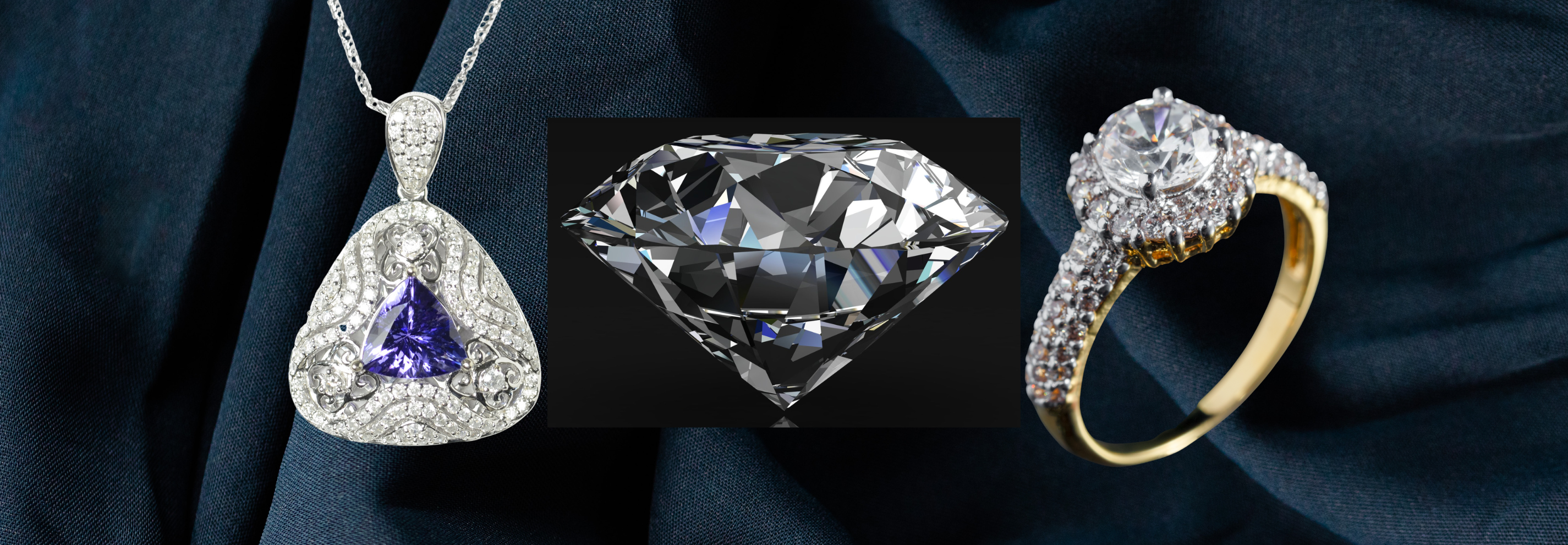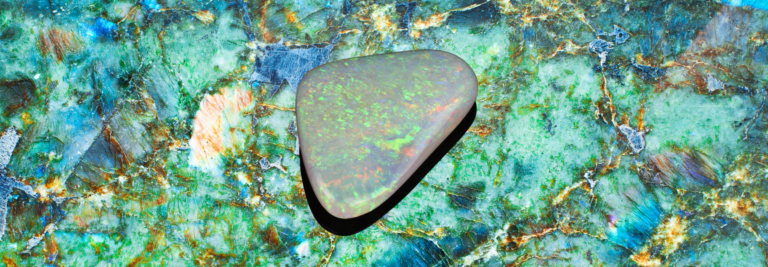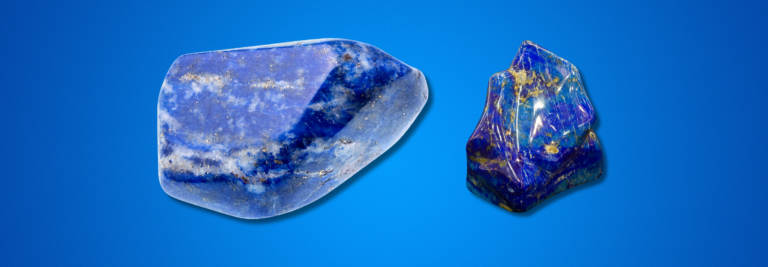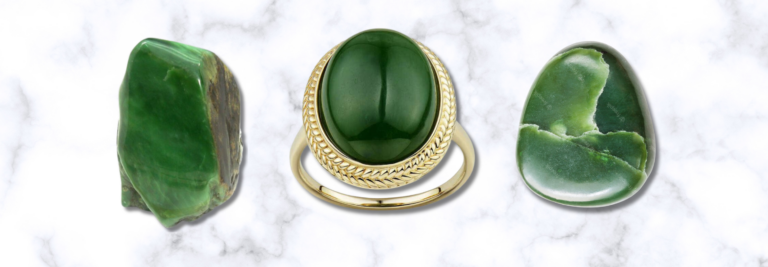Diamond is an amazing gemstone that has attracted people for a very long time. It is a kind of carbon, and the crystal lattice structure formed by its atom arrangement gives it its unique hardness and durability. In addition to its rarity and beauty, diamond is valued for its industrial uses in cutting, drilling, and polishing.
Diamond has a long history, having been found for the first time over 4,000 years ago in India. The ancient Indians valued diamond for its magical and spiritual attributes because they thought it could fend off evil and protect whoever wore it. And although mostly for its beauty and rarity, diamond was also valued by the Greeks and Romans.
Diamonds are beautiful because of their special chemical and physical characteristics. At a 10 on the Mohs hardness scale, it is the Earth’s hardest natural substance and nearly impossible to scratch or chip. No other gemstone can match to its remarkable brilliance and fire, which are both enhanced by its high refractive index.
Diamonds are created under extreme heat and pressure in the Earth’s mantle. Only a small portion of diamonds ever reach the Earth’s surface since the process takes millions of years. Diamonds are cut and polished after they are mined to bring out their beauty and increase their value.
The four quality criteria for diamonds are cut, color, clarity, and carat weight. The diamond’s size and symmetry, which have an impact on its brilliance and fire, are known to as the cut. The most costly diamonds are colorless or almost colorless, and the color grading scale runs from D (colorless) to Z (light yellow or brown). The diamond’s internal and external flaws or inclusions, which can decrease its brilliance and transparency, are referred to as clarity. Last but not least, carat weight describes the diamond’s weight, with one carat corresponding to 0.2 grams.
Due to their rareness and special qualities, diamonds are a very valuable commodity that have a big impact on the world economy. The mining and processing of diamonds takes place in countries including South Africa, Russia, Canada, and Australia. The diamond industry is estimated to be worth billions of dollars. As a result of the need for diamonds, ethical and sustainable mining techniques have been developed, such as the Kimberley Process Certification System, which seeks to prevent the trade in conflict or “blood” diamonds.
Diamond has various industrial purposes in addition to being a valuable gemstone. It is ideal for use in cutting, drilling, and polishing tools due to its hardness and longevity. While diamond drill bits are utilized in oil and gas exploration, diamond-coated blades are employed in construction. Diamond is helpful in electronic and thermal management applications due to its electrical resistivity and thermal conductivity.
To sum up, diamond is an extraordinary mineral with a fascinating history and unique physical and chemical properties. It is prized for its rarity, beauty, and industrial uses in drilling, cutting, and polishing. The desire for ethical and sustainable practices has led to the creation of programs like the Kimberley Process Certification System, which is a key contributor to the world economy. Diamond continues to fascinate and inspire us, whether it is used as a tool for business or a symbol of love.







